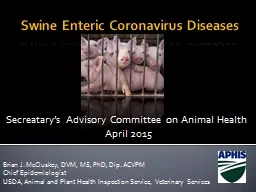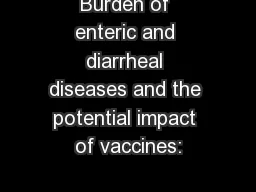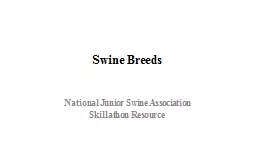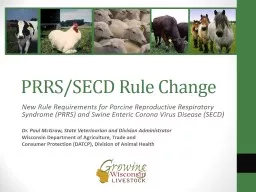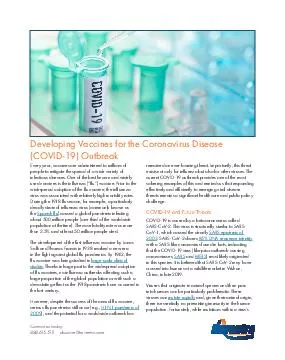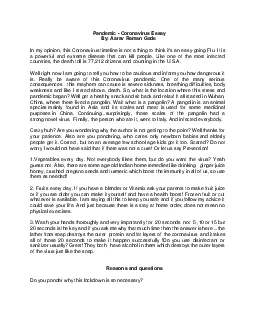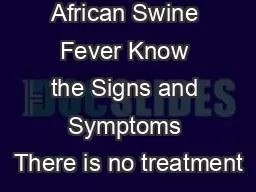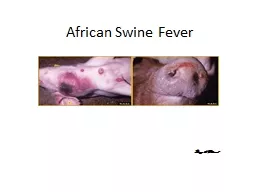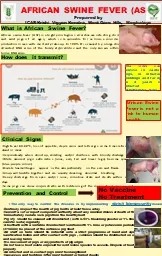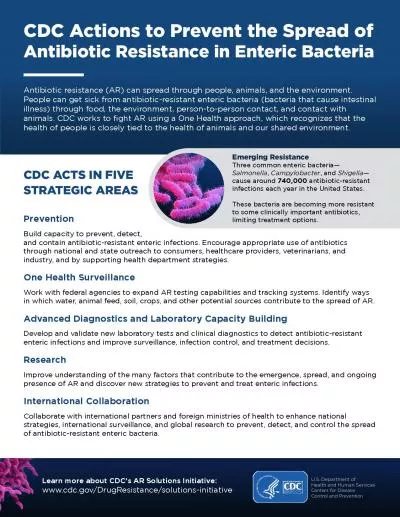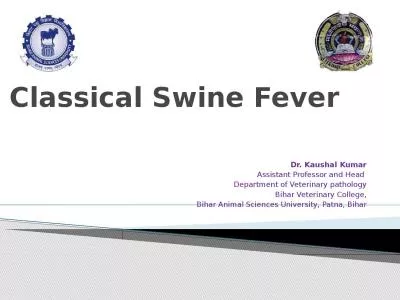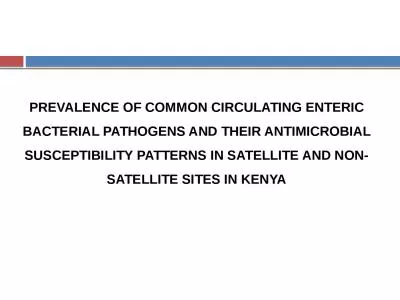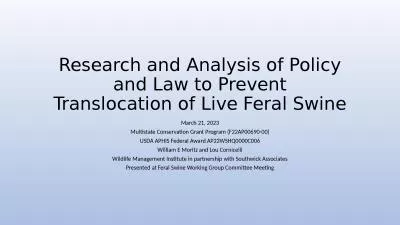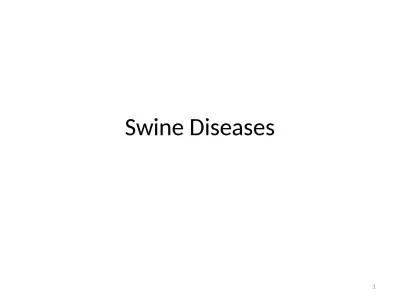PPT-Swine Enteric Coronavirus Diseases
Author : luanne-stotts | Published Date : 2018-09-24
Brian J McCluskey DVM MS PhD Dip ACVPM Chief Epidemiologist USDA Animal and Plant Health Inspection Service Veterinary Services Secreatarys Advisory Committee
Presentation Embed Code
Download Presentation
Download Presentation The PPT/PDF document "Swine Enteric Coronavirus Diseases" is the property of its rightful owner. Permission is granted to download and print the materials on this website for personal, non-commercial use only, and to display it on your personal computer provided you do not modify the materials and that you retain all copyright notices contained in the materials. By downloading content from our website, you accept the terms of this agreement.
Swine Enteric Coronavirus Diseases: Transcript
Download Rules Of Document
"Swine Enteric Coronavirus Diseases"The content belongs to its owner. You may download and print it for personal use, without modification, and keep all copyright notices. By downloading, you agree to these terms.
Related Documents

